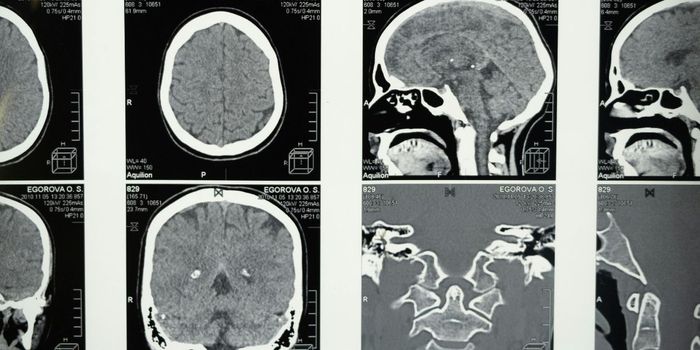It’s been shown in several research studies that the brains of adults who speak more than one language are more active in the areas that control problem solving, attention and other decision-making tasks. The executive function areas in these adults have many more active synapses and sharper skills in other areas besides just speech. But where do these abilities come from, and when do they develop?
New research from the University of Washinton’s Institute for Learning and Brain Sciences (I-LABS) show that this increased brain activity is present in babies that are raised in bilingual households, even before they themselves have learned to speak, showing up around 11 months of age in some children.
Naja Ferjan Ramírez, lead author and a research scientist at the Institute for I-LABS at the University said in a press release, “Our results suggest that before they even start talking, babies raised in bilingual households are getting practice at tasks related to executive function. This suggests that bilingualism shapes not only language development, but also cognitive development more generally.”
The research also seems to show that babies raised around bilingual speaking adults will have a better aptitude for learning language and acquiring speech sounds. Simply being exposed to different languages, even before they babble out their first words provides an advantage in the brain over babies who are not raised with more than one language.
The study was published online in the April 4, 2016 issue
Developmental Science and will appear in print soon. While the bilingual babies have an advantage in learning language, the monolingual babies actually appeared to lose some skills. At about 6 months of age monolingual babies can perceive foreign language, but they lose this at about 11 months old. Patricia Kuhl, co-director of I-LABS and co-author of the study said, “Monolingual babies show a narrowing in their perception of sounds at about 11 months of age — they no longer discriminate foreign-language sounds they successfully discriminated at 6 months of age. But babies raised listening to two languages seem to stay ‘open’ to the sounds of novel languages longer than their monolingual peers, which is a good and highly adaptive thing for their brains to do.”
The study used a high tech way to measure the brain activities of these young participants. Magnetoencephalography, or MEG, collects and analyzes magnetic changes given off by active nerve cells. It’s incredibly accurate because while MRIs and PET scans have their benefits, MEG scans can locate the exact location of brain activity in real time. This study is the first to use the analysis the MEG scans provide to compare brain response to speech sounds in both monolingual and bilingual babies.
The study is the first to use MEG to do whole-brain analyses comparing activation patterns in response to speech sounds in babies raised in monolingual and bilingual households.
Sixteen 11-month-old babies, evenly split between English speaking households and households that spoke both English and Spanish sat under a MEG scanner that resembled a helmet and then listened to streams of rudimentary speech sounds, some were exclusive to English or Spanish only and some were present in both languages. The study results reinforce the concept that even very young babies can learn more than one language at a time. Check out the video below to see how the study was conducted and learn more about the results.
Sources:
University of Washington ?,
Wiley









